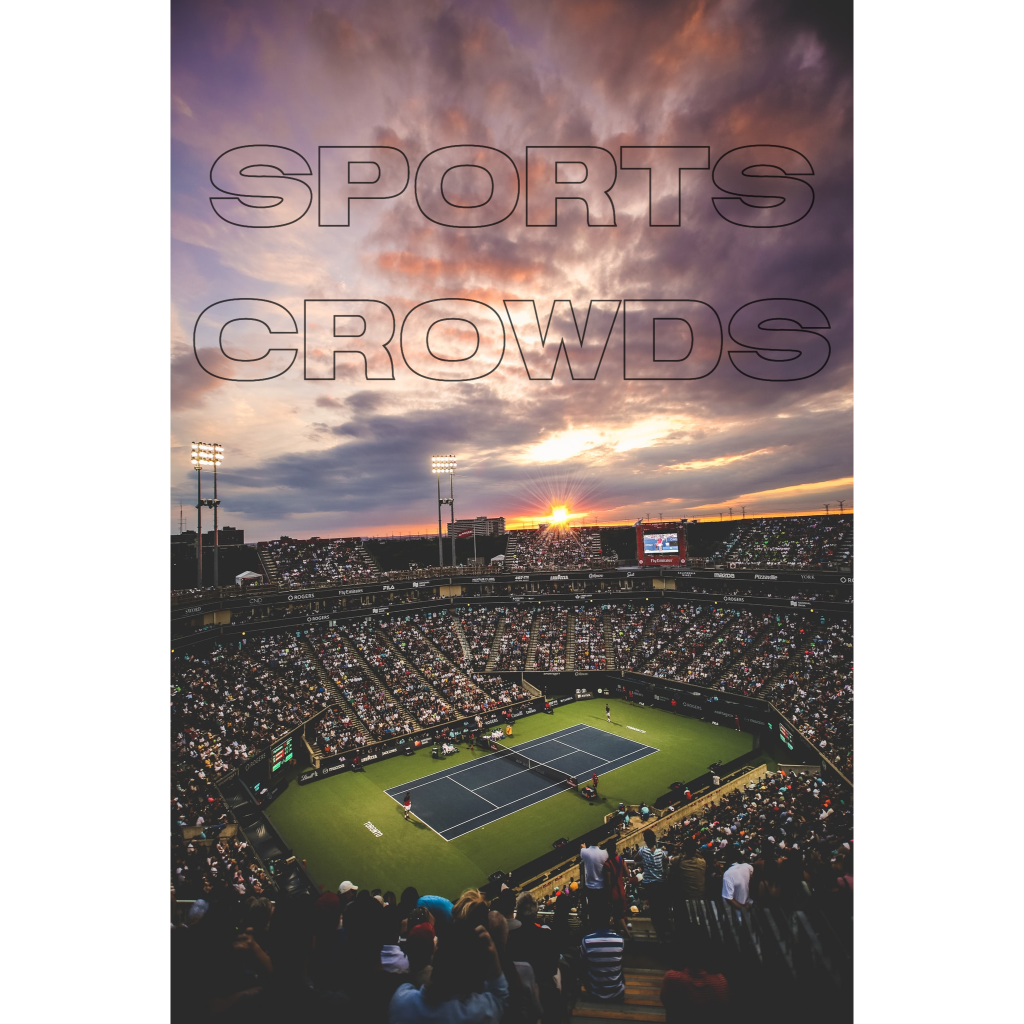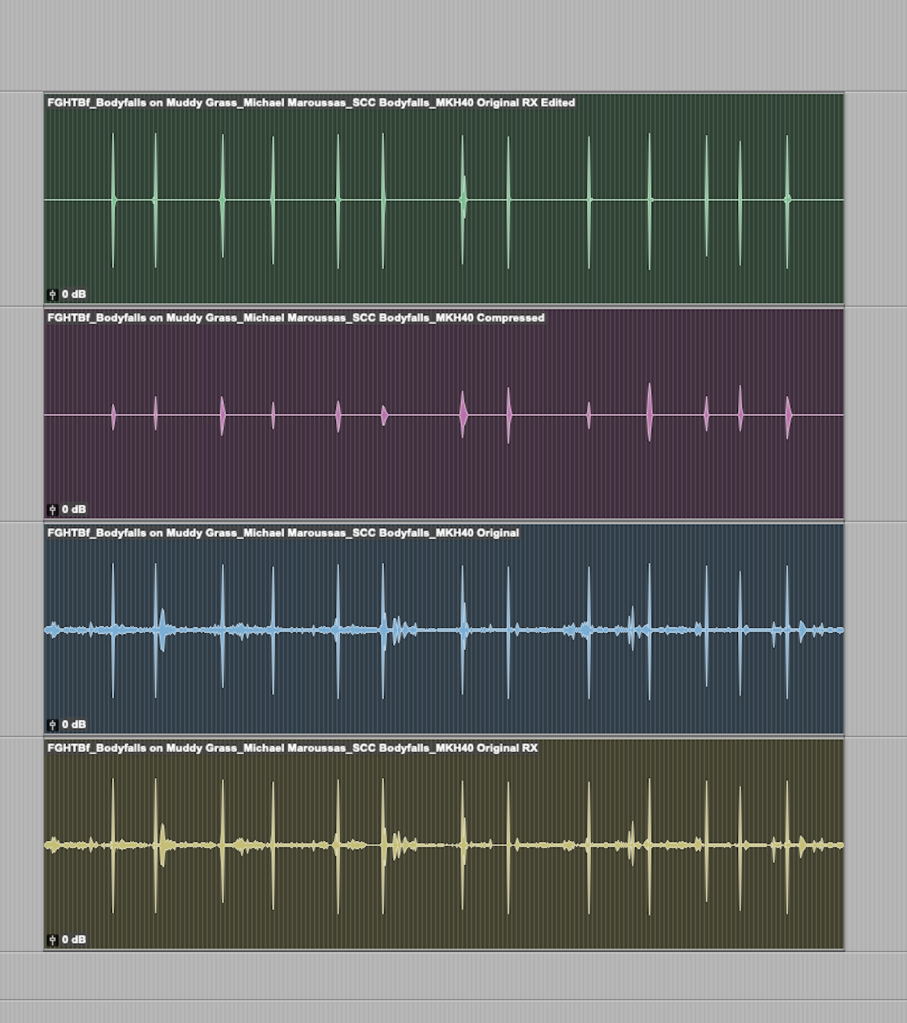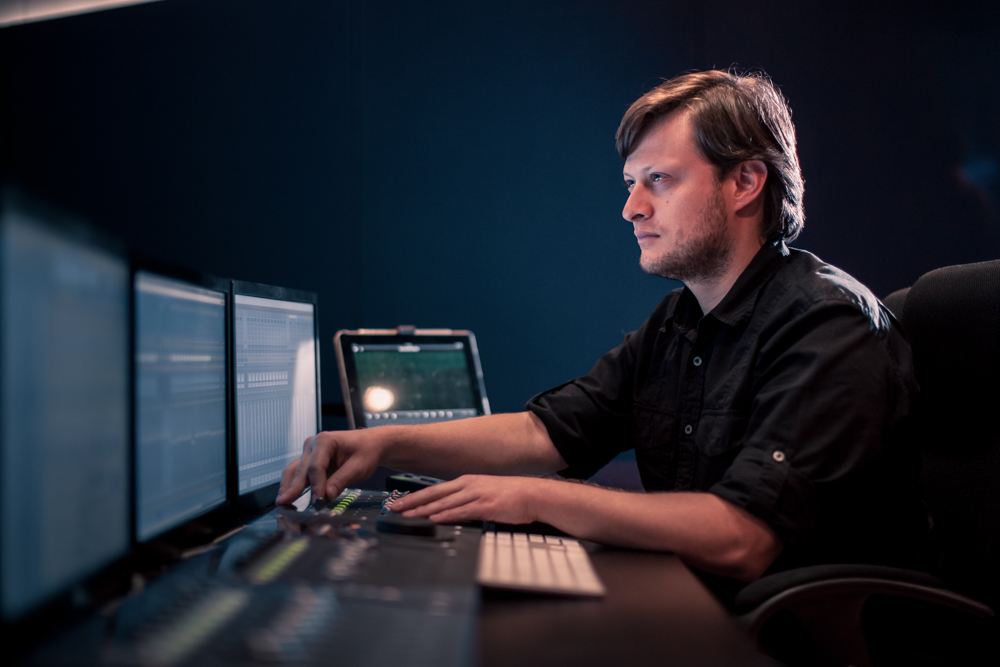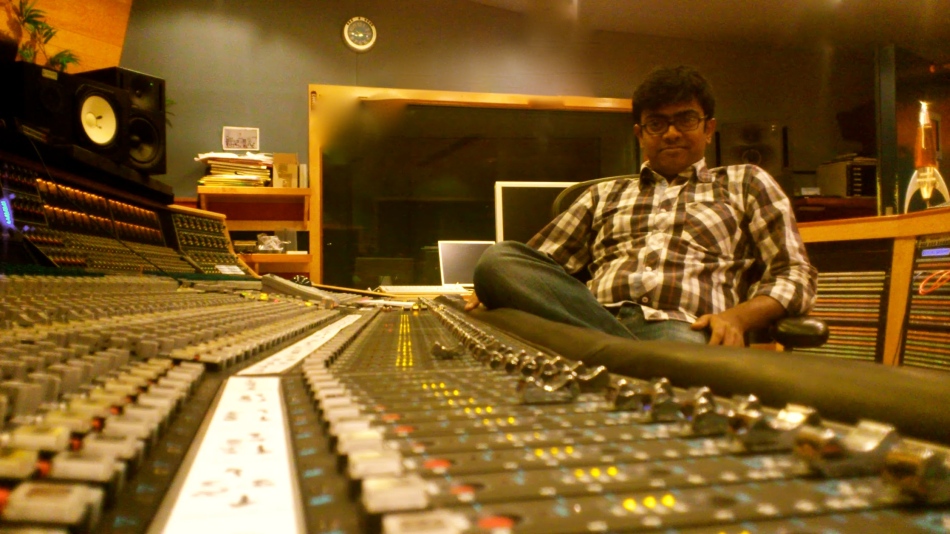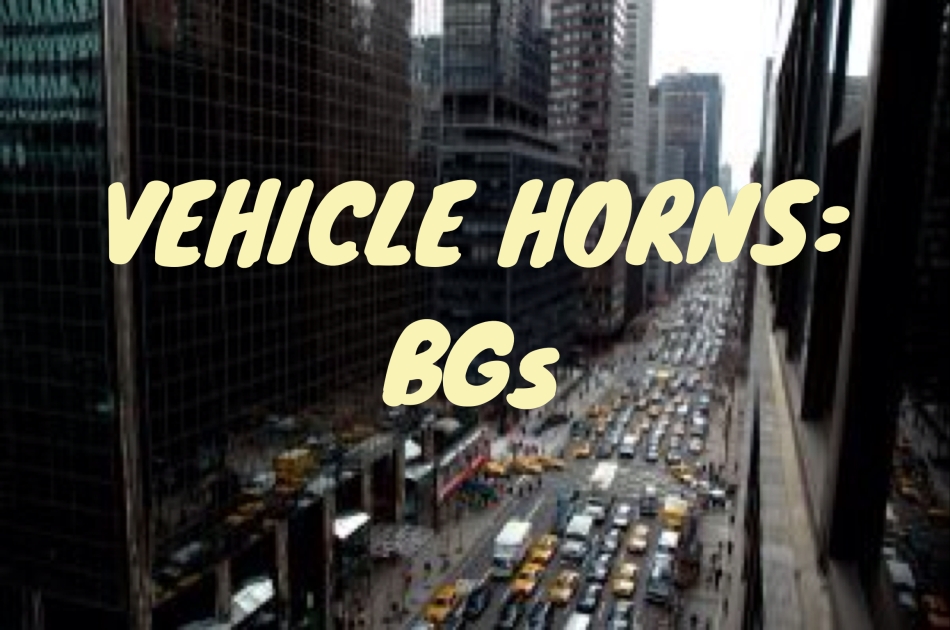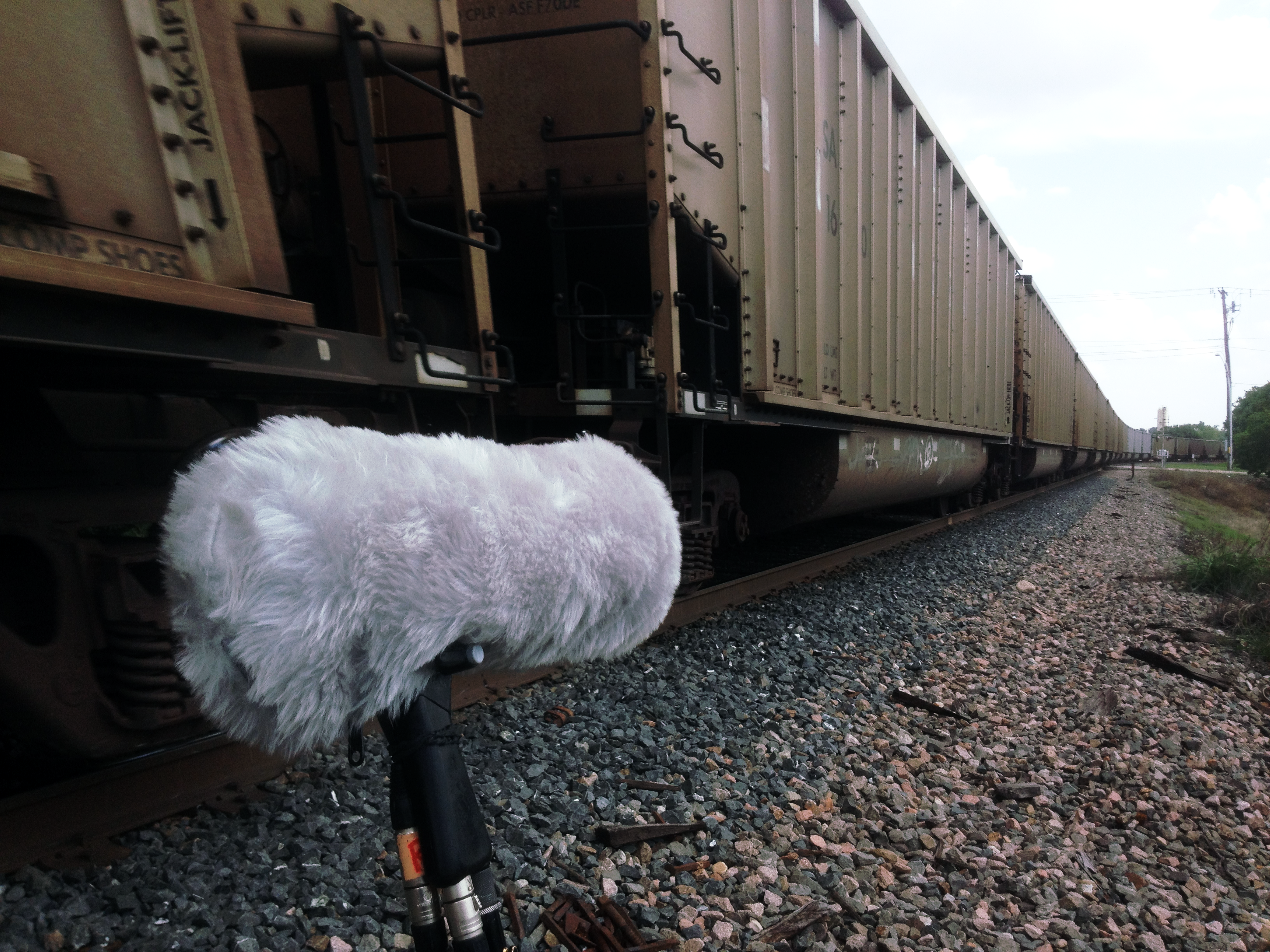Time to add some new themes to the collection. Have a look at the descriptions below – I’ve tried to pick two quite different subjects, so hopefully they have a broad appeal between the two of them.
BODIES OF WATER is a collective term that includes oceans, seas and lakes, rivers and streams, as well as smaller pools of water such as ponds.
The challenge here is to get the sound of the water, whether that be crashing ocean waves or a babbling brook, in isolation. These are not ambience recordings – they must be clean of engine, wildlife and people noise in order to be useful.
Longer recordings (2-5 minutes? 10 if beneficial?) can be a good idea as sounds such as these are often needed for the duration of a scene. I’d advise using higher quality recording gear for this theme too, as the more convenient consumer handheld recorders don’t always do the high frequency content of water movement justice. Let’s try and avoid a collection of white noise recordings. That’s easier with smaller bodies of water but, even with louder waves, experiment with mic distance and the angle / position you record from, eg out in the open or enclosed by a cliff face. By doing so, you may find a sweet spot where you hear more definition in the waves rather than just a constant roar. If you are able to record from different distances / perspectives, do please share these all with the Club as they can be very useful.
This is also a good theme to experiment with multichannel recordings too. Do please include the name or location of the body of water in the filename.
SPORTS CROWDS is a collection of crowd recordings from any kind of sporting event: Any kind of sport from grassroots level at your local club up to the largest stadiums in the world. I will set the minimum requirement as being a paid entry event; if I include local kids teams with parents on the touchline then you are basically in the realms of the theme Reactions: Small Crowd that we created a few years ago. So let’s keep it to a minimum of ticketed events.
Once again, multichannel recordings can be great for this theme, though I will accept mono recordings too. I’d say the trickiest challenge here is getting the balance between the sounds from people in your locality and the sound of the larger audience beyond that in the rest of the ground. If you can, experiment with different positions to record from: Get in amongst the action for one recording so you get lots of close voice detail, but if possible also then try and distance yourself from the centre of the crowd so you can also get a sense of the overall crowd noise, rather than just that close detail. This will probably be easier at smaller events than some of the big stadiums, but experiment with any options you do have.
If you don’t fancy drawing attention to yourself with a blimp on a pole in the middle of a lively crowd, stealth recording is always a good option too – whether using small DPA style mics, or just having the business end of your mic poking out of a bag, for example. Obviously, in this day and age that’s not always possible with heightened security at grounds, but work with the limitations you face. Having said that, judging by the scenes at the last few football finals I’ve seen on TV, it seems easy enough to get a ton of flares into Wembley nowadays, so maybe not so hard to get a mere mic into a sports ground after all!
Other caveats: background music will obviously make the recordings unuseable so watch out for this, even just at low level – though fans banging drums etc is ok as long as it’s not a recognisable tune. Tannoys are a bit more of a grey area – so get them in your recording if you like, but try and get recordings without them too. That way members can make their own mind up whether they use them or not. My personal hunch is that I wouldn’t use them, especially as they often include advertisements, and that you are recording them on private property.
Make sure you name the sporting event / location in the filename.
So hopefully between the two themes there’s something there thaqt encourages you to get out there recording. Let’s get these two themes off to a good start. Good luck!


